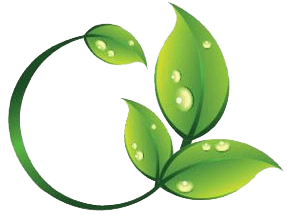What and When to Measure the Variables
There are a number of factors that can affect the growth of your plants and it is good to keep a consistent check on things....
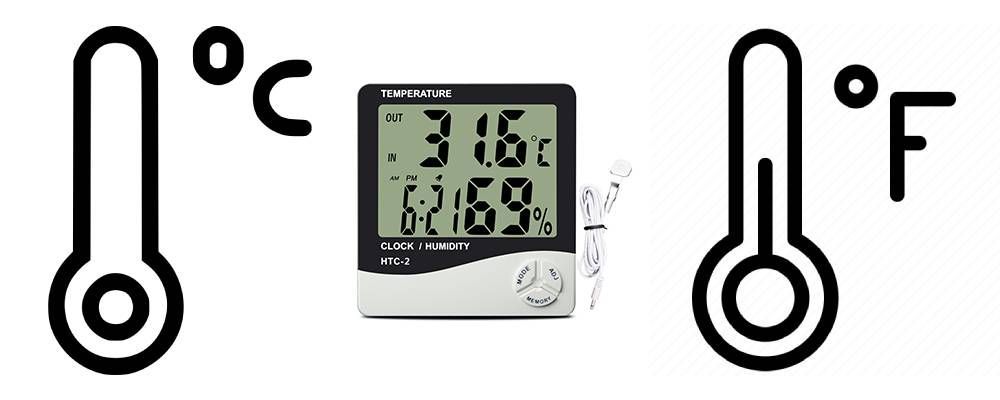
Temperature and Humidity
Most places in the world measure temperature in Centigrade and some use Fahrenheit. Britain changed from °F to °C in 1962 although to a certain extent still use both measurements. A decent hygrometer such as this one from Essentials will have the option to display one or the other.
Measuring the temperature and humidity of your grow room is something to be done on a consistent and regular basis. When firstly setting up a new grow room it will take a couple of weeks for things to settle. A good idea for this is to get the equipment set up a couple of weeks before you start the growth.
Consider the highest and lowest levels of temperature and humidity that your grow room. As well and influencing the growth of your plants the temperature and humidity also influence each other. During a hot spell a humidifier can reduce the temperature but overusing this can encourage the growth of bacteria.
In another scenario, such as winter, a heater might be used to provide an ideal ambient temperature but the thing to be aware of is that it may dry out the space and affect the transpiration of your plants.
It's all about finding the balance that works in your environment and regularly monitoring the temperature and humidity, along with other factors, will help you to achieve this.
The temperature throughout the growing space is important but the most crucial area is around the plant canopy.
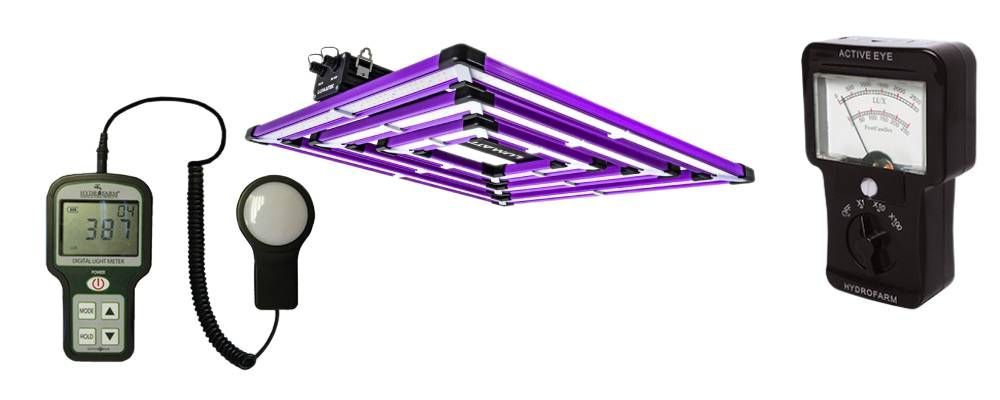
Lighting
Lights don't last forever so this is not one to be overlooked. Buying a decent light meter is a good idea and you can measure the light in candles, footcandles, lux and lumens. Most bulbs or luminaires will have a reference chart to help you adjust your light meter to the correct scale.
Always measure new lights when they are set up and give them about an hour beforehand so that they are fully operational when checking this. Measure them regularly, once a month will be sufficient, and when the measurement begins to decline consider changing them. It's best not to simply wait until they are completely gone!
Just as with the temperature and humidity, the plant canopy is the best place to take measurements.
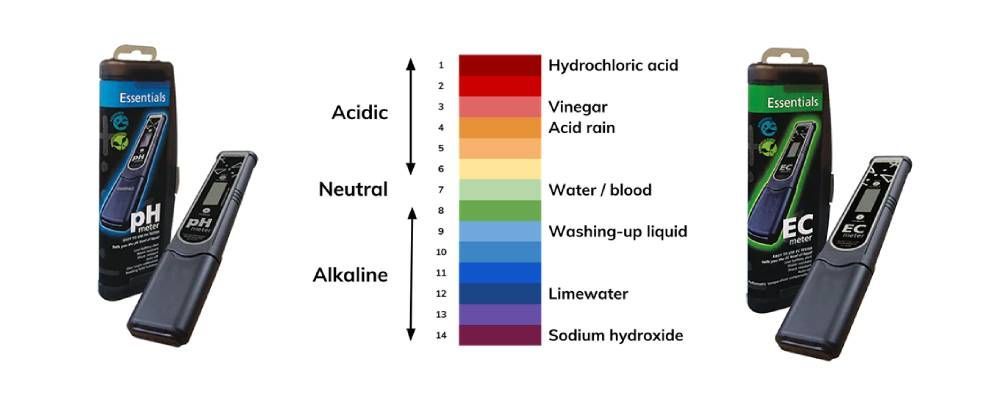
EC and pH
pH gives an indication of the acidity or alkalinity of a solution. It is measured on a simple scale that ranges from 1-14. A pH of 1 is highly acidic and conversely 14 is very alkaline. A pH of 7 is a substance that is neither acidic or alkaline and is regarded as neutral. Pure water is an example of a neutral substance and another one is sodium chloride, NaCl, better known as table salt.
EC is a measurement for the electrical conductivity of a solution and effectively varies according to the amount of dissolved nutrients within it. It is slightly more complicated and is often referred to in terms of ppm, or 'parts per million'. Another common measurement is mg/l which is an abbreviation of 'milligrams per litre'.
Our sources of water are very rarely pure so to establish a baseline measure the pH of your water source. Once you have the baseline a feed chart calculator such as this one provided by ShoGun can give you great help in creating a feeding schedule for your plants.
Pre-mix your nutrient solution in a container and check the pH. This can then be adjusted as required by using
pH Up and/or
pH Down products. Don't directly mix either adjuster and use them sparingly, a few drops is usually sufficient.
If there are considerable shifts in the pH and EC this can be suggesting that your plants are in ill health. Alternatively there may be a problem within the system. They can both also be affected by temperature, As always, keeping a regular log of things is essential when it comes to resolving problems.
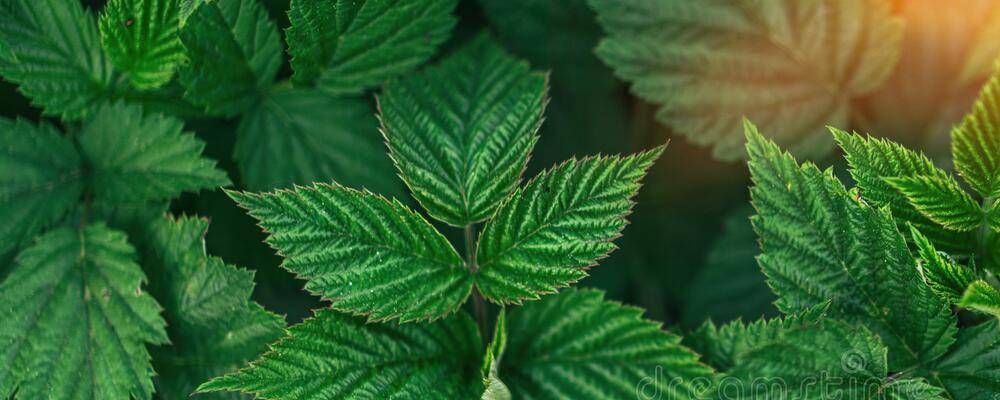
Your Plants
Minimise your direct contact with your plants and always wash your hands when you are going to be in close proximity. Wearing protective, or at the very least clean, clothing will also help to avoid introducing anything into the system that is untoward. However, there are times when tending to them that touching is necessary.
Important aspects of as good and healthy growth include bending, shaping and pruning your plants. This is a useful time to measure and analyse them. Take into account the girth, length, weight, colour and density of the plant, and also of course the flower and fruit aspects.
Environmental factors will cause these to change so taking regular measurements and logging these in charts and graphs will provide a scientific overview of how your plants are growing.

